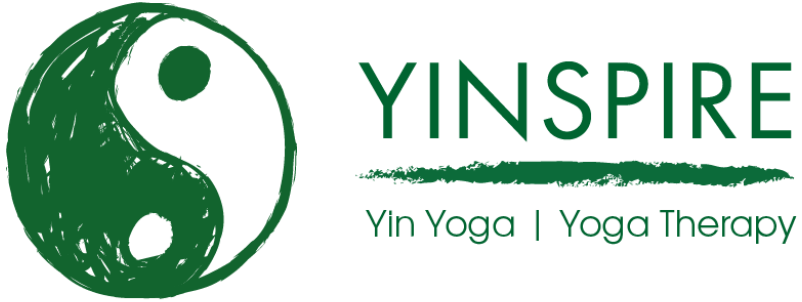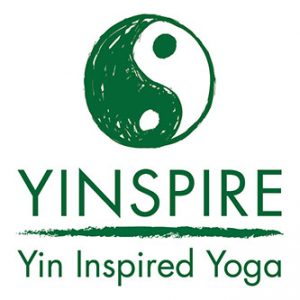 I wanted to share this wonderful article from YinYoga.com, written by Bernie Clark (although I hope he will forgive me anglicising the title).
I wanted to share this wonderful article from YinYoga.com, written by Bernie Clark (although I hope he will forgive me anglicising the title).
At first glance its perhaps unclear why any yoga should need defending. Then at second glance you recall some of the big name charlatans of the yoga world – if you don’t know, you don’t need to, just be assured they are there – and some of the lesser known “yoga bullies” who any practitioner who has been around a bit will have come across – and then you realise, sometimes, alas, yoga needs some defending.
My love affair with Yin Yoga started backwards – I discovered the practice, then I discovered it was called Yin Yoga – the revelations and insight as I read and studied more were a joy, pieces of jigsaw slotted into place, it all made sense. And my love affair with Yin has continued founded on attraction to its simplicity, its accessibility and the lack of dogma emanating from the senior teachers in the “lineage” (lineage in inverted commas as, arguably, there is none – Yin Yoga is open source).
Yet every now and then I come across someone trotting out objections to Yin Yoga. They seem to boil down to one of two roots; a lack of knowledge about what Yin Yoga is, or projecting invalid assumptions about its nature; or secondly a lack of understanding about the anatomy and physiology of the human body and how this dovetails with the Yin Yoga practice.
On that last point, anatomy, I’m fairly new to the world of teaching Yoga – just over a year as I write – but in that time I’ve learned the standard of anatomy and physiology understanding, even in experienced teachers, is sometimes not all it could be. I can say that boldly having invested a lot of extra time in studying this area, from a variety of sources and tutors, in the process becoming a bit of a geek in the area. Its an area where the more you learn, the more you realise how little you know, yet paradoxically, the more sense what you do know makes and the more you wince at some of the practice you see around you. And anatomy and physiology studies aren’t just relevant to asana based yoga – if we are to truly address Sutra 1:2, and cease the fluctuations of the mind, then an understanding of how our body impacts, and is impacted by, movement, breath and mind, and how these aspects weave together and influence each other, is, I believe, at least helpful, and in some aspects essential.
Bernie’s article resonated with me as I read it – Yin Yoga shouldn’t need defending, yet leaving that aside the article is a great reference on what Yin Yoga is, and isn’t, and on some of the principles of safe practice, and in debunking some myths.
If you have time, I commend it for a read.

